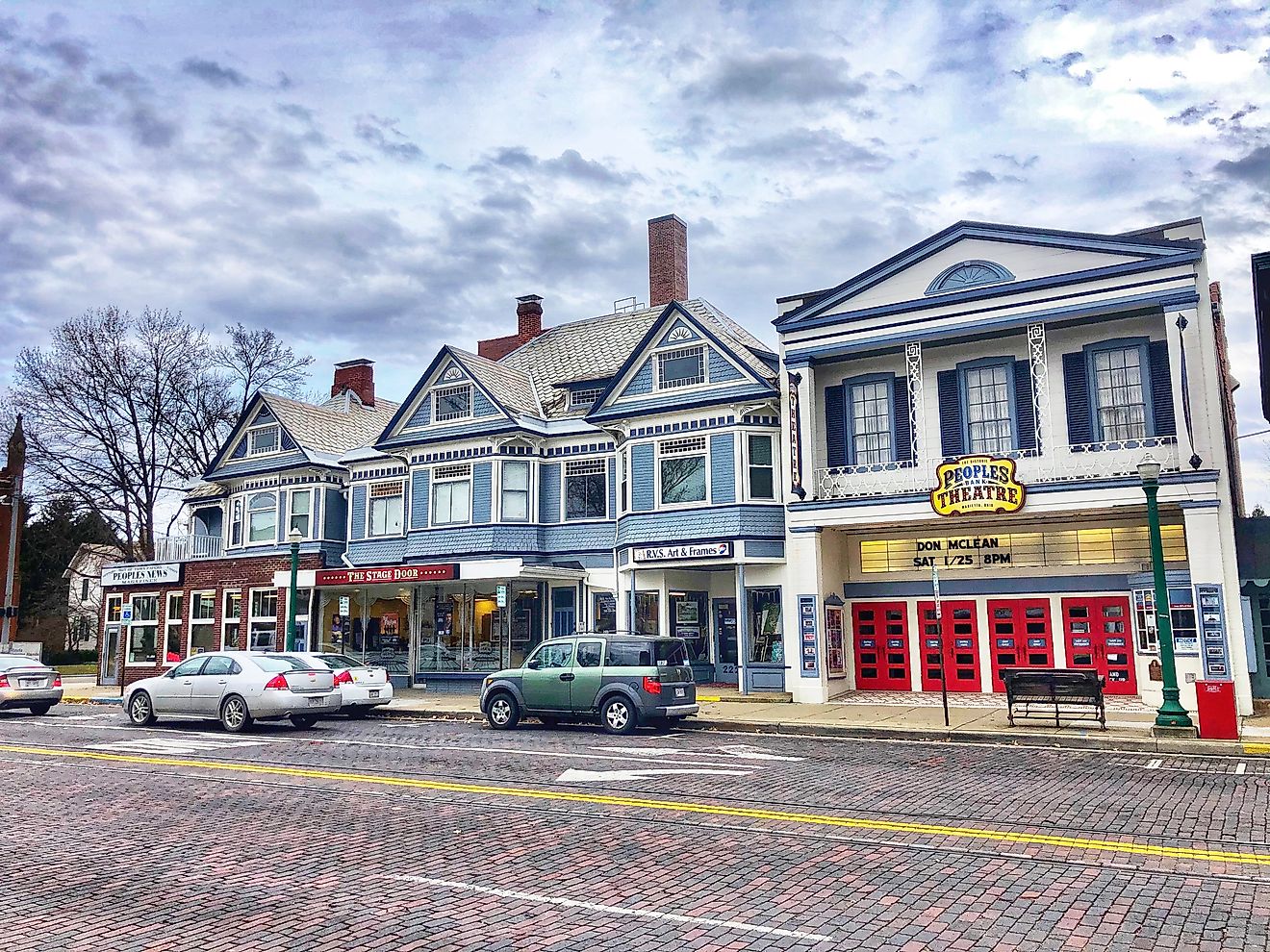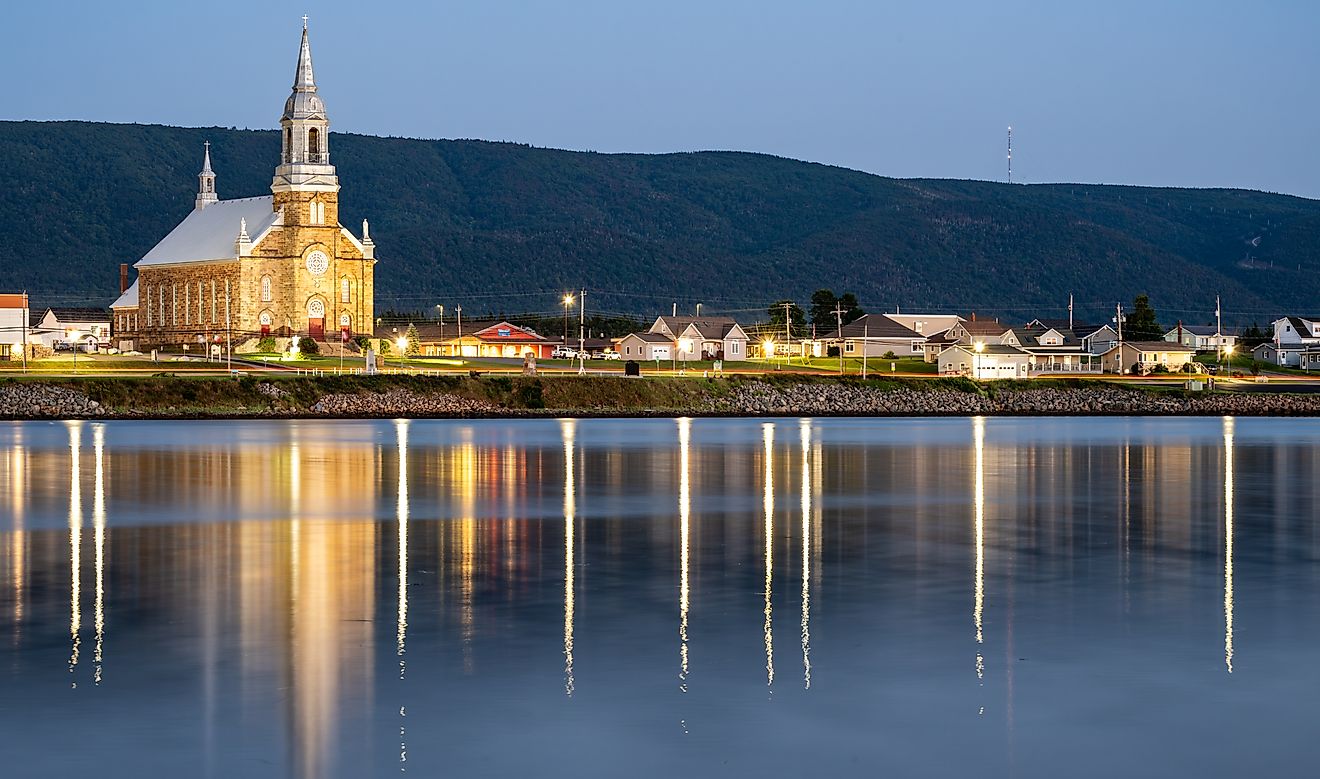The Most Beautiful Castles in Europe
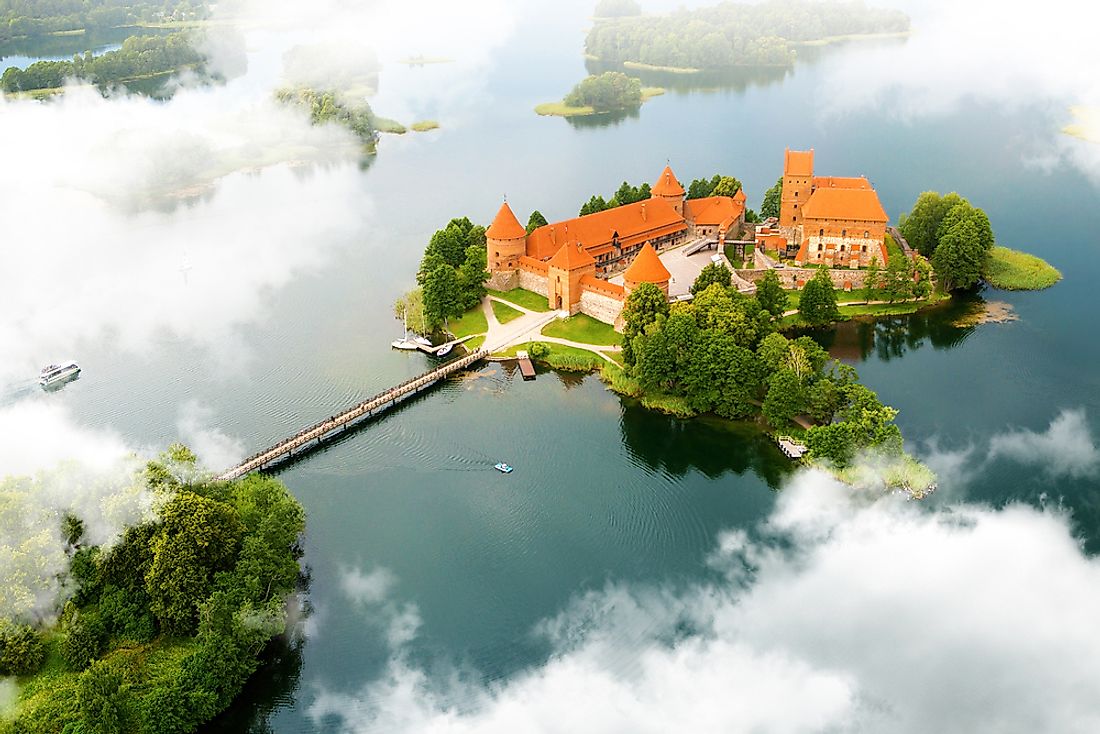
There is no better place to see amazing and iconic castles than in Europe. Castles across the continent display architectural skills and magnificence. Sometimes romantic, sometimes sinister, castles around the world evoke a palpable feeling of wonder and melancholy. Since time immemorial, Europe has been the best place to see some of the beautiful castles. Most of the castles started out as fortresses that served as a defense system while some were built to display the power and influence of the royal family. Here are ten beautiful castles that look like fairy tale castles.
10. Chenonceau Castle, France
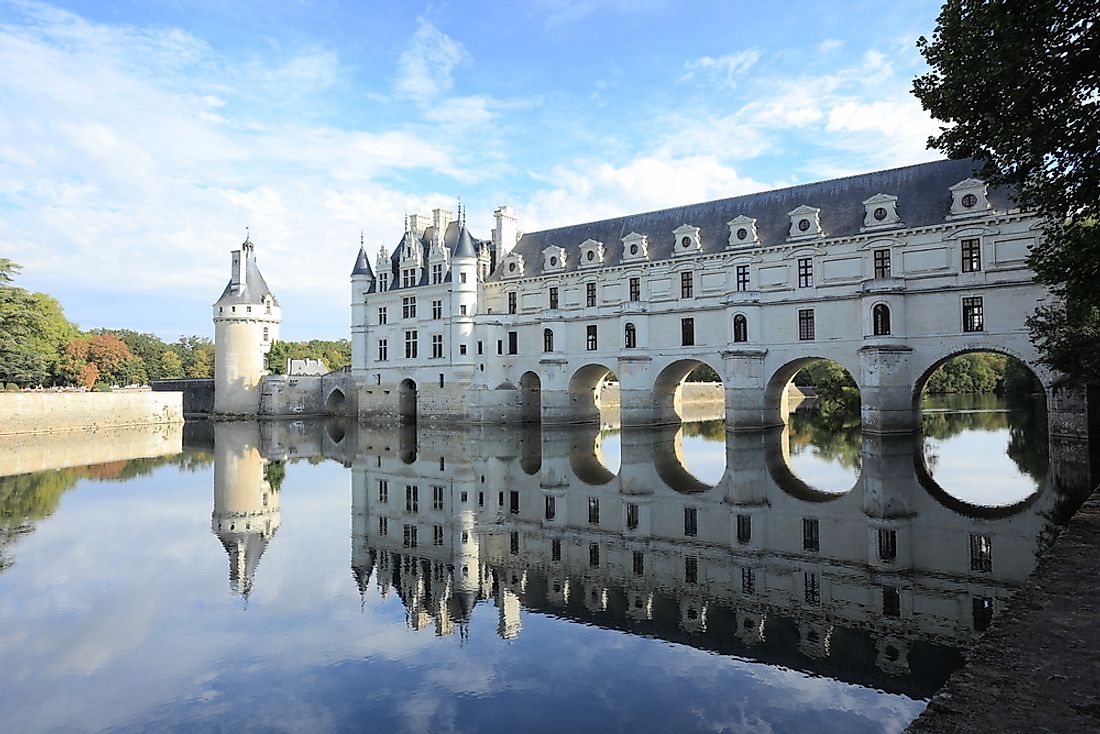
Chenonceau Castle is a crown jewel of the Loire Valley. It is located on River Cher in a small village known as Chenonceaux. Chenonceau Castle is the most visited private historical monument in France. The castle has a magical five arches and four corner turrets. Chenonceau Castle is a medieval Gothic architecture with a renaissance detailing. The moat is filled with swans and richly decorated with paintings from artists of old like Le Tintoret. Chenonceau Castle has a well-maintained garden that has a long history of the mistresses who lived in the castle. The bedrooms of the ladies who played an important role in the history of the castle are the most exquisite. Like a page out of a fairytale, Chenonceau Castle is a treasured in France and is an evidence of the influence of French renascence.
9. Peles Castle, Romania
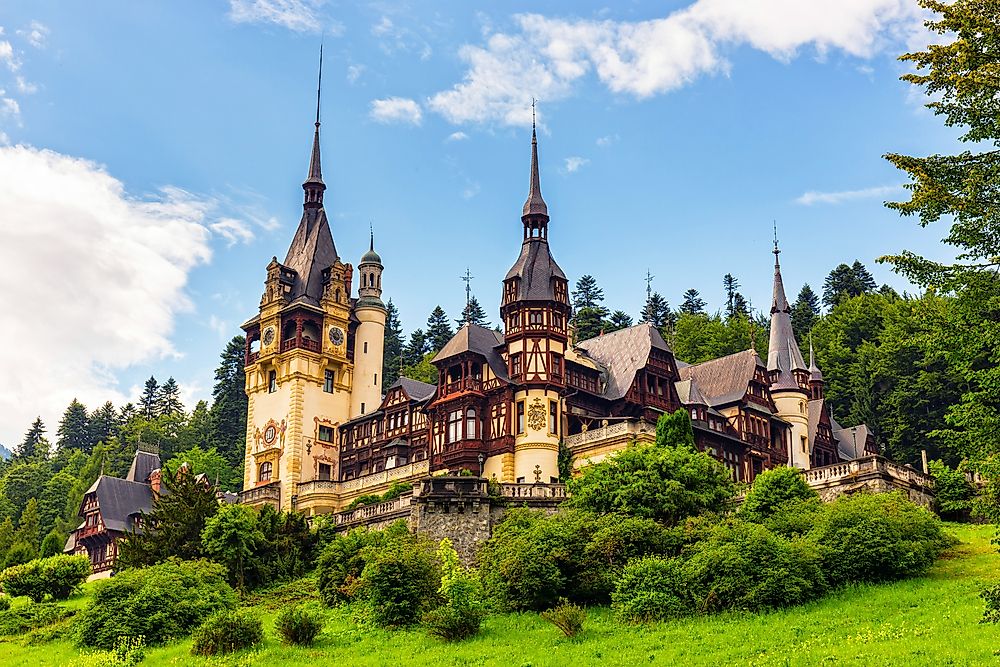
Peles Castle is a Neo-Renascence castle located in Prahova County, Romania. It is a palace but consistently called a castle. The architectural design of the Peles Castle is a romantically inspired blend of the Neo-Renascence and Gothic Revival. The rooms have a dedicated theme from the major world’s culture that varies by function and style. The rooms are lavishly decorated and furnished. Peles Castle hosts some of the finest art collection in Europe including statues, paintings, and furniture. The castle is characterized by several statues including King Carol I. The garden hosts several fountains, stairways, and decorative pieces.
8. Malbork Castle, Poland
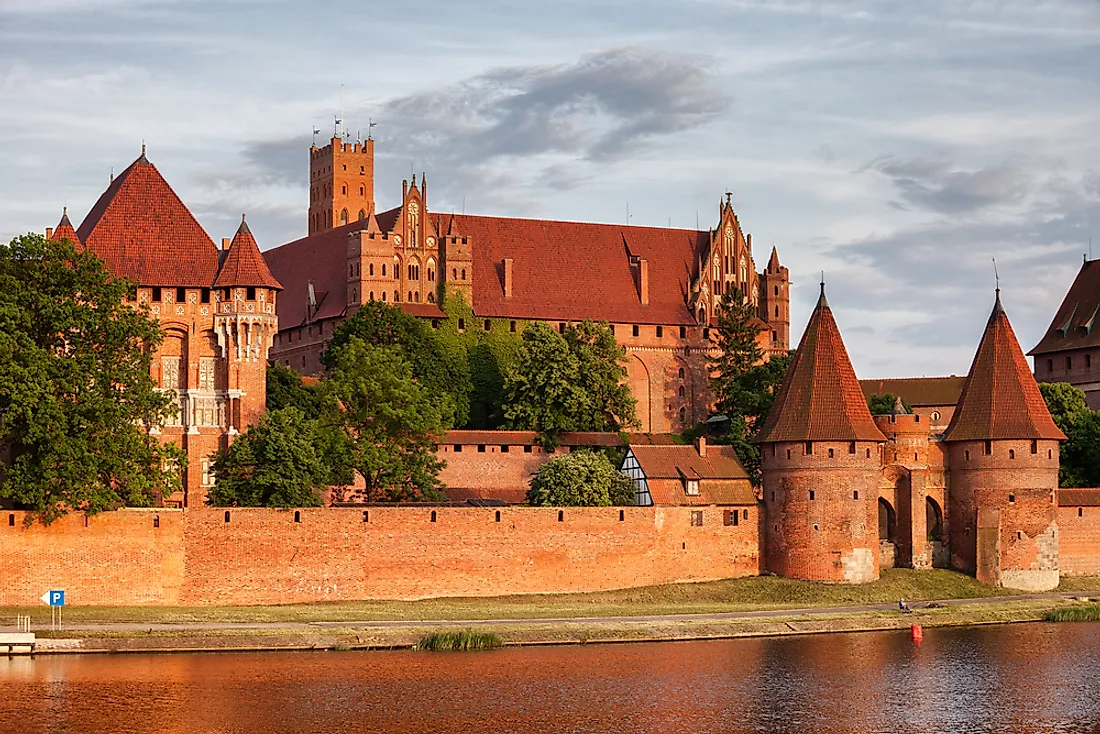
Malbork Castle is located in the Polish town of Malbork and consists of three separate castles separated by dry moats and towers. It is the largest castle in the world by the area covered. It is a classic example of the medieval fortress and one of the largest brick castle. Malbork Castle is a unique architectural work influenced by the subsequent castles of the Teutonic Order and Gothic buildings in northeastern Europe. It was constructed using a rich repertoire of medieval construction methods. Malbork Castle has been a source of fascination with a rich history of European medieval and its material remains.
7. Hohenzollern Castle, Germany
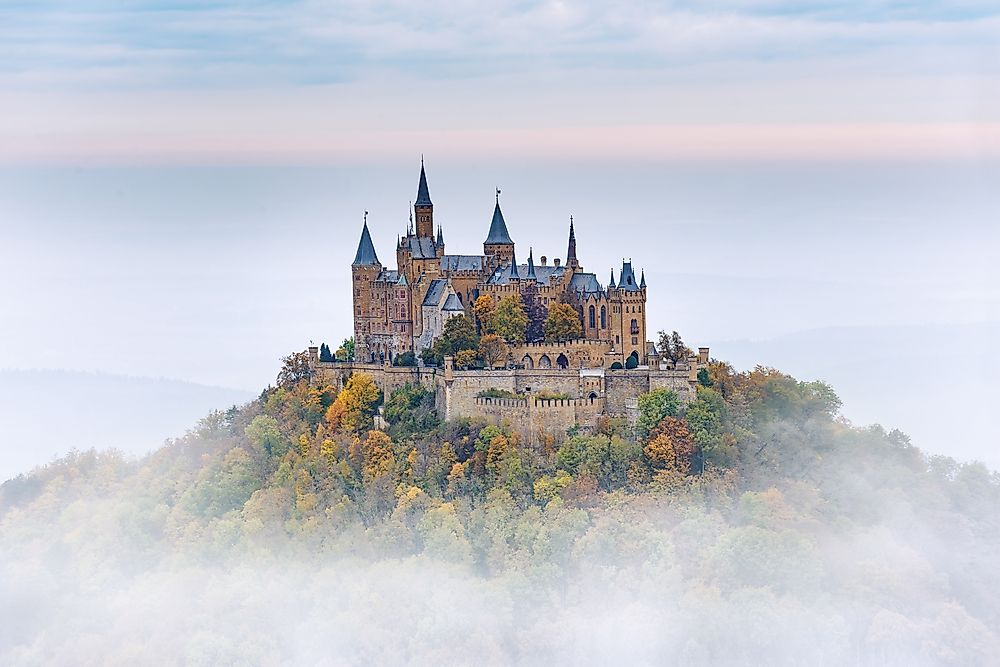
The Hohenzollern Castle is located about 50km from the Stuttgart, near the Swiss Alps. It was the residence of the dynasty Hohenzollern before the World War II originating back to the Emperors of Germany. The castle is located on top of Mount Hohenzollern. Hohenzollern Castle fell into disrepair in the 18th century, leading to the demolition of several buildings and rooms. Today, the only remaining building is the medieval chapel. The castle is filled with historical artifacts including Crown of Wilhelm II and the uniforms of King Fredrick the Great. The castle was destroyed by an earthquake in 1978 with the repair work lasting up to mid-1990s.
6. Kasteel de Haar, Netherlands
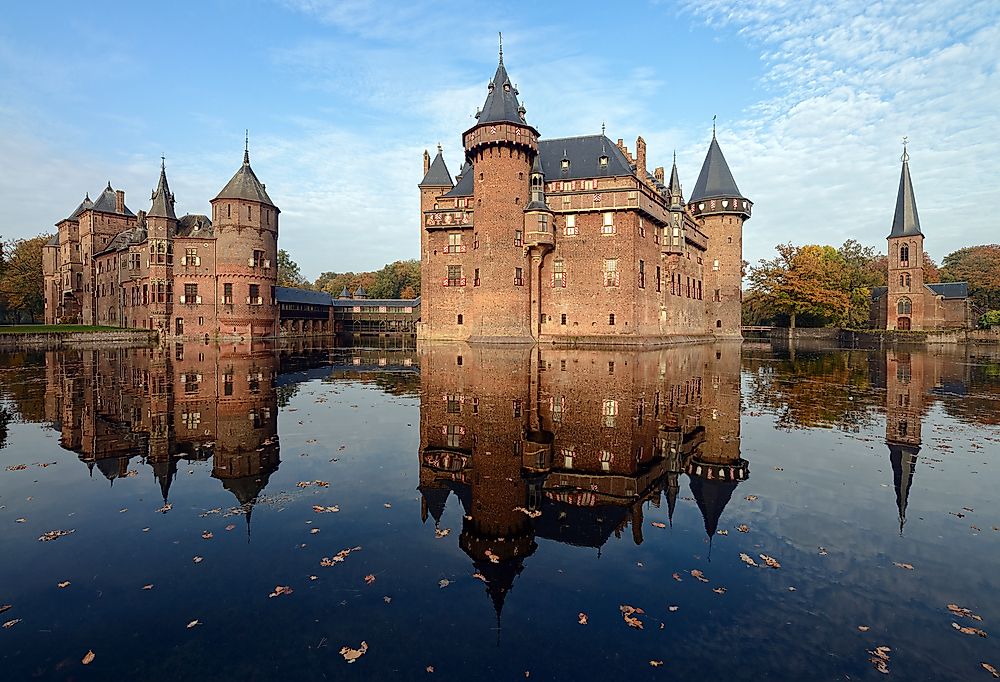
Few castles in Netherlands can rival Kasteel de Haar for its ideal image of a medieval fortress. The fairytale castle rises majestically from parkland with impressive trees, old gardens, and ponds. Kasteel de Haar is located near Utrecht. The castle is not only famous for its architecture but also the interior, the garden, and the chapel. The interior is decorated with ornamented wood carving reflecting the culture of the Roman Catholic. The parks and gardens are also magnificent in their own rights with over 7,000 grown trees and waterworks. Each season in the park has its own charm.
5. Corvin Castle, Romania
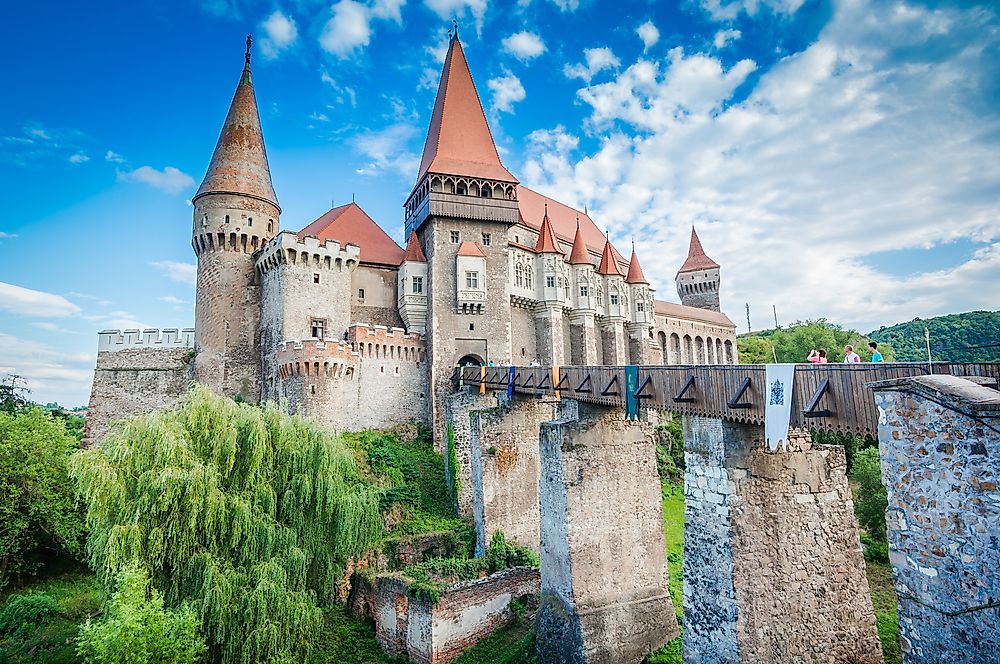
The Gothic-styled Corvin Castle was constructed by the Anjou family and served as a fortress until the 14th century when it was upgraded into a Transylvania castle. The magnificent castle feature Knights’ Hall, drawbridges, high buttresses, well-maintained courtyard, a chapel, and 50 rooms decorated in medieval art. The courtyard features a well dug into a stone. The well was dug by three prisoners who were promised freedom when the job was done. It took the 15 years to reach the water. A painting portraying the legend of the raven can be seen on the wing called Mantle.
4. Trakai Island Castle, Lithuania
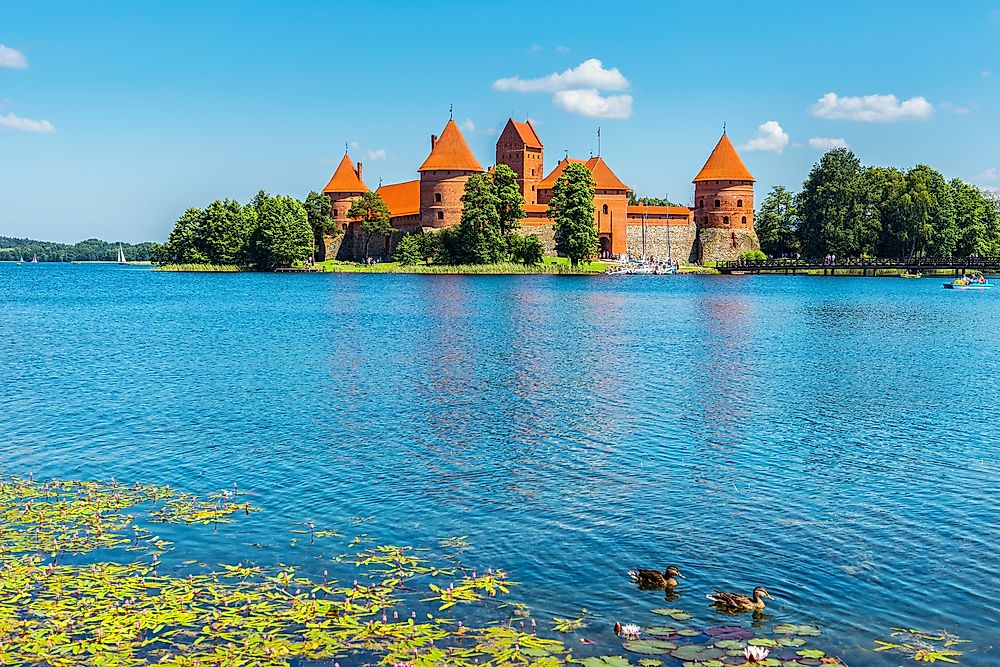
Trakai Island Castle is a historic Gothic Palace that was built by Lithuanian duke in the 14th century. It served as the residence of the Duke since Trakai was the capital at the time. The whole landscape of Trakai dictates the architecture of the castle with several lakes surrounding the historical center. Trakai Island Castle displays medieval exhibits that have been major attractions for tourists. A 300 meters wooden bridge decorated with torches that lit the path at night leads to the castle. The halls and galleries of indescribable beauty and secret passageways fascinate the visitors. At present, Trakai Island Castle is a museum hosting various concerts and craft days.
3. Lacko Castle, Sweden
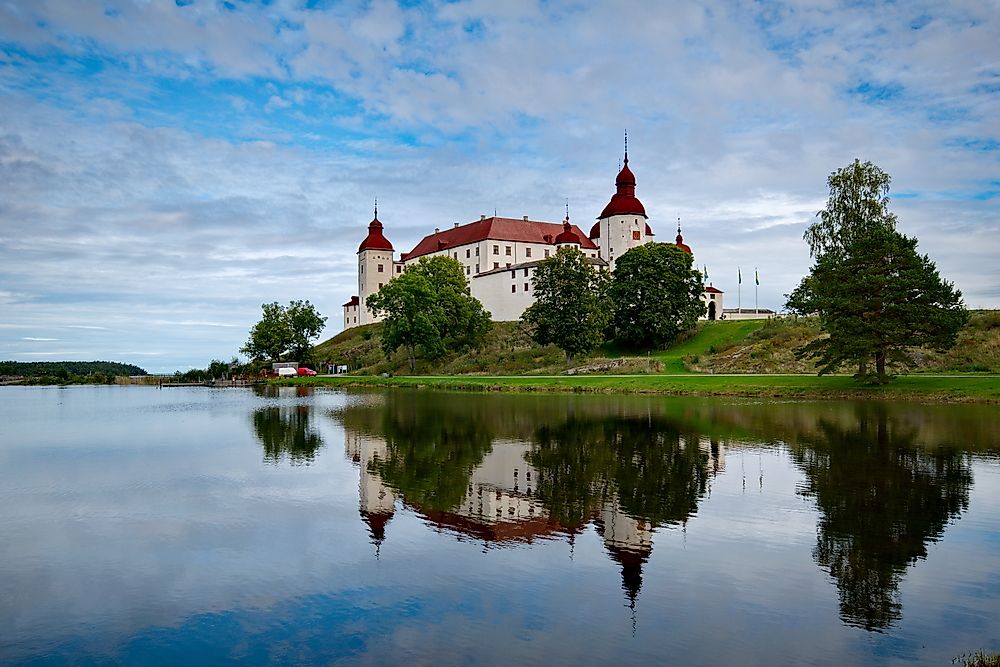
Lacko Castle in Sweden is like a sleeping beauty with little or no stylistic renovation popular in the 20th century. The original interior fixtures of the 17th century can still be seen today. The castle dominates the rocky headland surrounded by the by Lake Vanern. Lacko Castle has a dazzling garden enclosed by a high wall with overgrown fig trees, flowers, and vegetables. The castle fell completely silent when its tenant, Magnus Gabriel was forced out of the castle by King Karl XI who took some of the castle’s precious items. An annual opera production takes place at the castle’s inner courtyard.
2. Conwy Castle, Wales
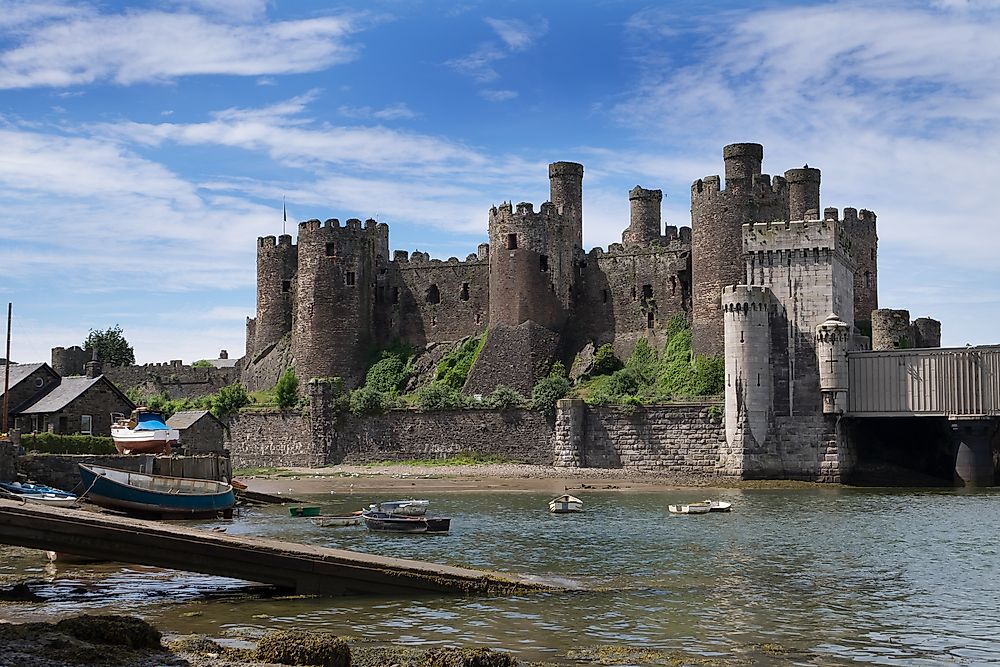
Conwy Castle is a medieval fortification that was built by Edward I during the conquest of Wales. The castle is an example of the 13th and 14th-century military architecture built from imported and local stones. The castle is divided into the inner and outer wall and is defended by 8 large towers. A gate leading to the sea allowed the castle to be resupplied from the sea. The architecture of the castle is closely related to the Kingdom of Savoy, especially the window styles and the crenellation used on the tower. The ruined castle is managed by Cadw as a major tourist attraction in Wales.
1. Mont Saint Michel, France
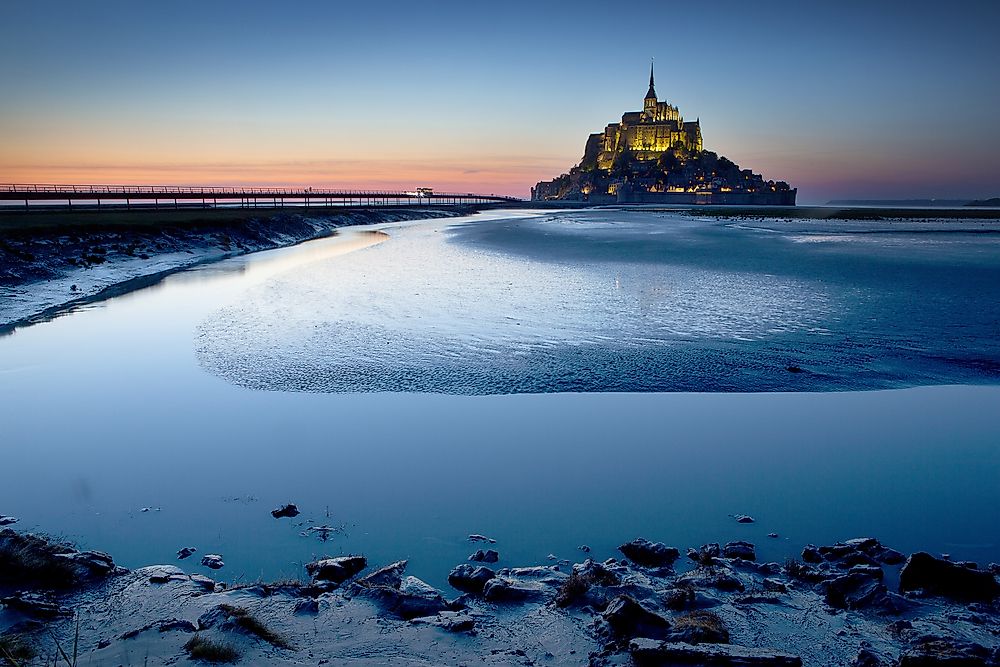
Mont Saint Michel is situated on an island commune in Normandy. Its construction on the island and the surrounding waters helped to protect it from enemy attacks. The castle has been used for protection dating back to the ancient times. Mont Saint Michel has a massive wall around it, acting as reinforcement to the castle. The castle survived the 100 Years War without any damage and it is today considered a UNESCO World Heritage Site. Its most notable feature is the tall turquoise spire with the statue of Saint Michael at the top









